SpaceX is on the brink of a new chapter in space exploration with the introduction of Pad 2, the brand-new Starship launchpad that promises to revolutionize the way rockets are launched and recovered. In this detailed blog post, we’ll dive deep into the transformative journey of Pad 2, its advanced systems, testing progress, and how it fits into the bold future SpaceX envisions for Starship and space travel.
The Rise of Pad 2: From Empty Land to a Launching Powerhouse
Just two years ago, the site that is now known as Pad 2 was nothing more than an empty stretch of land with a modest test stand. A year ago, the only visible structure was a simple stack of what SpaceX engineers affectionately call the “chopsticks.” Fast forward to today, and a massive, fully equipped launchpad has risen from the ground at this very same spot.
This rapid transformation is a testament to SpaceX’s dedication to innovation and their unrelenting drive to push the boundaries of space technology. Pad 2 has already completed several major tests designed to prove its readiness for the demanding new era of Starship V3.
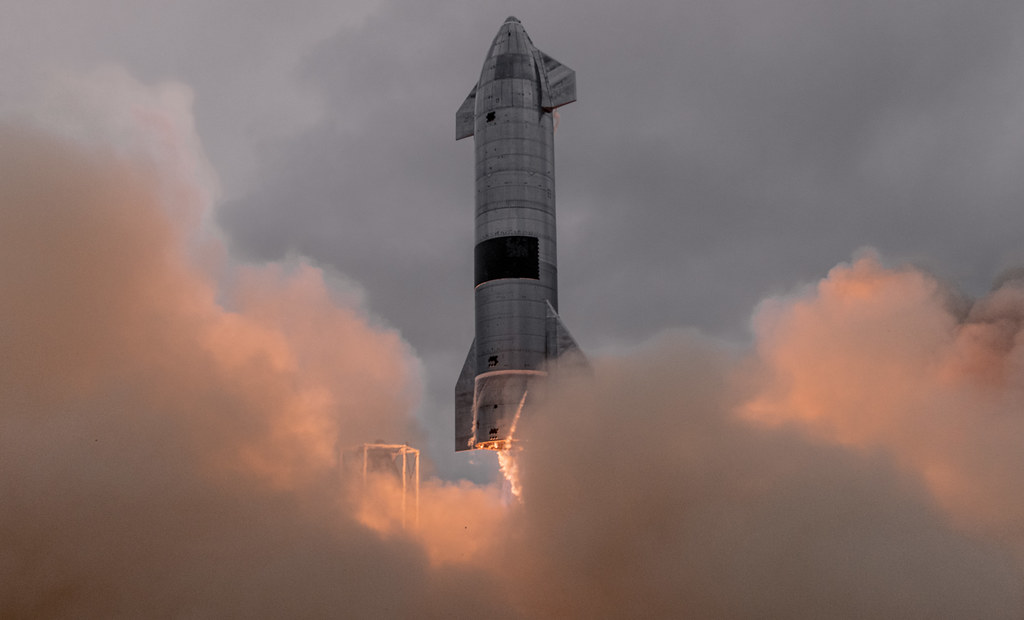
Why Pad 2 Matters for the Future of Space Exploration
The Importance of Upgraded Infrastructure for Starship V3
SpaceX is poised to enter the V3 era of Starship in the second half of 2025, bringing significant upgrades in design, capability, and performance to the rocket. However, with the launch vehicle evolving, the launch infrastructure must also keep pace.
Pad 2 is built specifically to support the powerful Starship V3, equipped with the new Raptor 3 engines. Construction began in 2024, and in just over a year, the site has transformed from a bare patch of land into a launchpad boasting some of the most advanced systems ever built by SpaceX.
Upgraded Components: What Makes Pad 2 Special?
Every major component of Pad 2 has been improved compared to Pad 1. These upgrades include:
- Omni-directional Mechanism (OM): Enhanced for better reliability and control.
- Water Deluge System: Redesigned to handle greater heat and pressure.
- Protective Systems: Improved to safeguard the infrastructure.
- The Iconic Chopsticks: Strengthened and optimized for catching operations.
These enhancements are critical to handling the immense 9,000 tons of thrust generated by 33 Raptor 3 engines firing simultaneously.
Key Tests That Prove Pad 2’s Readiness
Water Deluge System Testing
One of the most critical systems on any launchpad is the water deluge system, designed to cool the launchpad and suppress sound energy during liftoff. Pad 2’s system underwent several rigorous tests, beginning with a modest spray on September 13.
Subsequent tests on September 18, 19, 22 (twice), and 24 demonstrated the system’s capacity by releasing nearly 400,000 gallons of water in bursts lasting 30 to 40 seconds each. To put this in perspective, these test durations exceeded the burn time of a rocket during liftoff, proving that the water deluge system not only met but exceeded expectations.
The Advanced Flame Trench: Protecting Pad 2
Pad 2 features a unique flame trench system designed to manage the extreme heat and force generated by the engines. This system is inspired by NASA’s historic pads but innovatively improved:
- Unlike Pad 1’s water-cooled steel plate, Pad 2 incorporates two flame buckets to double cooling capacity.
- Networks of small pipes release high volumes of water, which cools and disperses the exhaust plumes.
- The flame trench’s tilted design redirects exhaust away from sensitive structures, dramatically increasing the pad’s durability.
These innovations ensure that the launchpad can sustain frequent launches without the extensive refurbishments previously required.
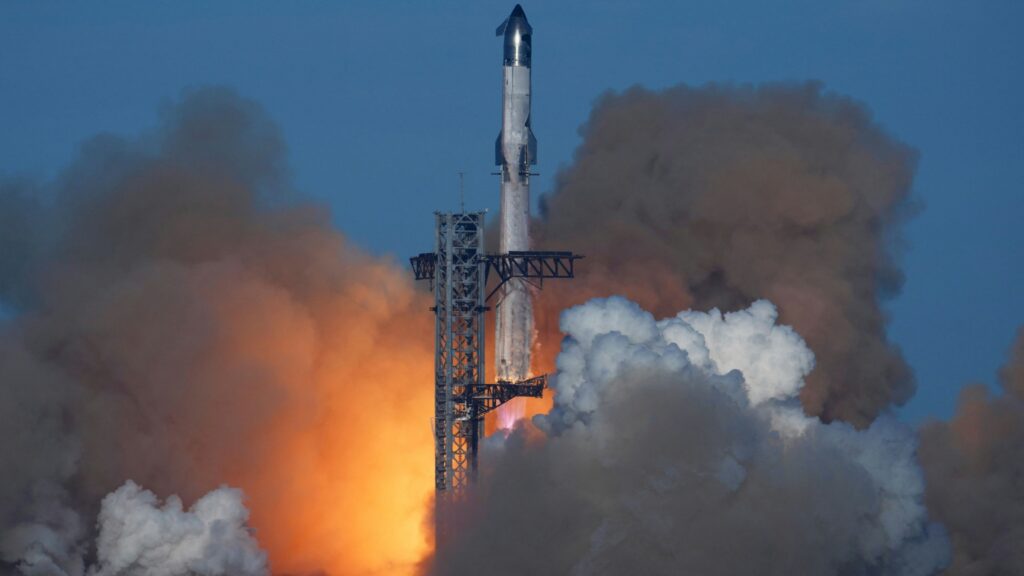
The Iconic Chopsticks: More Than Just a Mechanical Arm
Catching Starship: A Game-Changing Ambition
One of SpaceX’s boldest ambitions with Pad 2 is to catch Starship itself as it returns from orbit. This involves a high level of precision and speed, as the chopsticks—large mechanical arms—must capture the spacecraft descending at high velocity.
While Pad 1’s chopsticks are intended to catch the Super Heavy booster, Pad 2’s chopsticks will focus on catching the Starship upper stage. This is a complex operation because Starship completes a full orbital mission, returning through the atmosphere at temperatures exceeding 1500 degrees Celsius.
Testing the Chopsticks
Since last year, the chopsticks have undergone continuous testing to perfect their ability to:
- Lift and lower Starship.
- Secure the vehicle during landing.
- Perform repeated operations without damage.
These tests are vital to ensure that the system is ready for the expected 20+ catching flights per year, which will require exceptional durability and reliability.
Looking Ahead: What’s Next for Pad 2?
Upcoming Testing Phases
So far, Pad 2 tests have not involved full-scale vehicles or direct engine firings. However, the next phase will push the pad to its limits:
- Installation of a single engine for activation trials.
- Placement of a test tank equipped with engines to stress the system.
- The ultimate test will be mounting a Super Heavy booster with 33 Raptor 3 engines for full-scale static fire testing.
These tests will demonstrate Pad 2’s ability to safely handle the powerful new Starship V3 launch vehicle under real conditions.
Anticipated Debut and Operational Timeline
If all goes according to plan, Pad 2 will officially debut in December 2025, coinciding with the rollout of the first V3 Starship mission. This debut will be a historic milestone, showcasing SpaceX’s leap toward frequent, reliable, and reusable spaceflight.
The Bigger Picture: How Pad 2 Influences Global Launch Infrastructure
Expansion to Florida and Other Launch Sites
Pad 2’s innovations are already influencing upgrades at other SpaceX launch complexes, including:
- Kennedy Space Center (KSC) LC39A: Being retrofitted with a new flame trench and OM system modeled after Pad 2. This pad is expected to support up to 44 flights per year by 2026.
- Space Launch Complex 37 (SLC 37): Planning to incorporate Pad 2-style systems with two full launch towers, targeting up to 76 launches annually.
These developments signify Florida becoming a central hub for both government and commercial Starship operations.
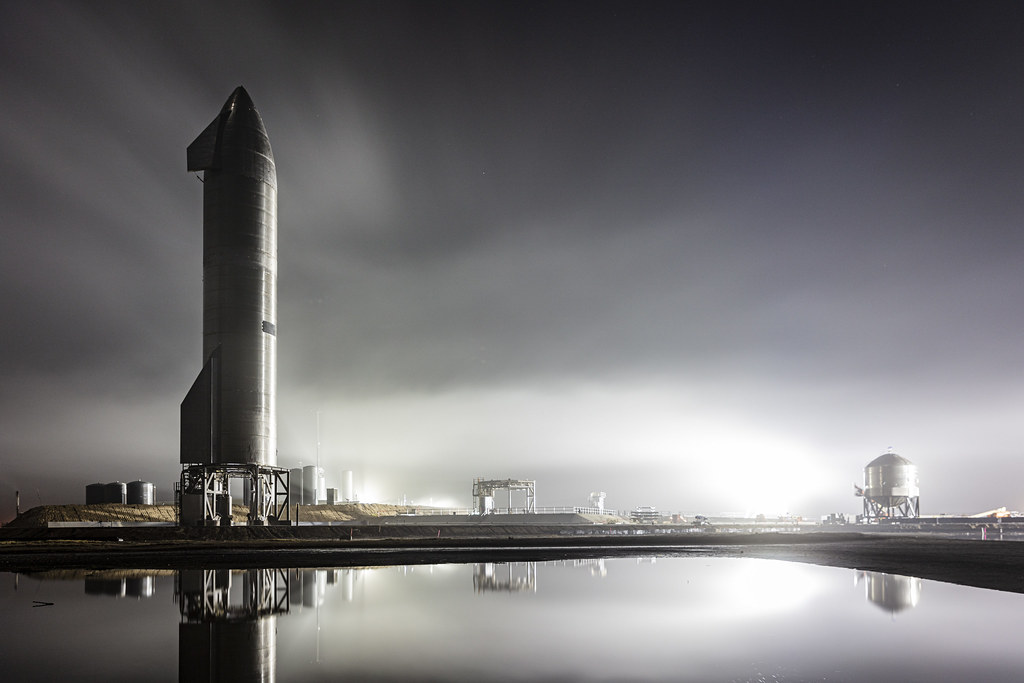
Future of Starbase: Pad 1 and Beyond
Back at Starbase in Texas, Pad 1 will undergo a transformation to bring it closer to Pad 2’s design, including:
- Replacing the water-cooled steel plate with a flame trench.
- Installing new OM systems.
- Upgrading chopsticks for enhanced efficiency.
The Starbase complex is expected to grow further, possibly including taller towers and stronger launch systems to support the V4 generation of Starship vehicles.
Why Multiple Pads Are Crucial for Starship’s Success
Having multiple operational pads is vital for achieving SpaceX’s ambitious launch cadence. Falcon 9, for example, uses three pads to support frequent launches, sometimes multiple in a single day. Similarly, SpaceX projects:
- At least five Starship launchpads will be needed.
- With such infrastructure, Musk’s vision of launching Super Heavy every hour and flying Starship daily could become a reality.
- During key Mars launch windows, Starship could reach a staggering 10 launches per day.
Pad 2 sets the blueprint for this future, with each tested upgrade contributing to more capable, resilient, and flexible launch systems worldwide.
The Path Forward: Challenges and Milestones
While Pad 2 has demonstrated promising performance, the road ahead includes several critical challenges:
- Power tests involving full engine firings.
- Coordinated catching operations with chopsticks.
- Maintaining reliability during the expected high flight cadence.
Success here will mark a historic achievement—Pad 2 won’t just launch Starship; it will catch it, transforming reusable rocketry and making spaceflight more sustainable.
Conclusion: The Dawn of a New Era
Pad 2 represents more than just a launchpad; it’s the symbol of a new era in space exploration. With its advanced systems, rigorous testing, and ambitious goals, Pad 2 is laying the foundation for SpaceX’s bold vision of rapid, reusable space travel.
As preparations accelerate in the coming months, the space community and enthusiasts worldwide watch with anticipation. Will Pad 2’s debut in December 2025 live up to the hype? The signs are promising, and the future is indeed launching now.
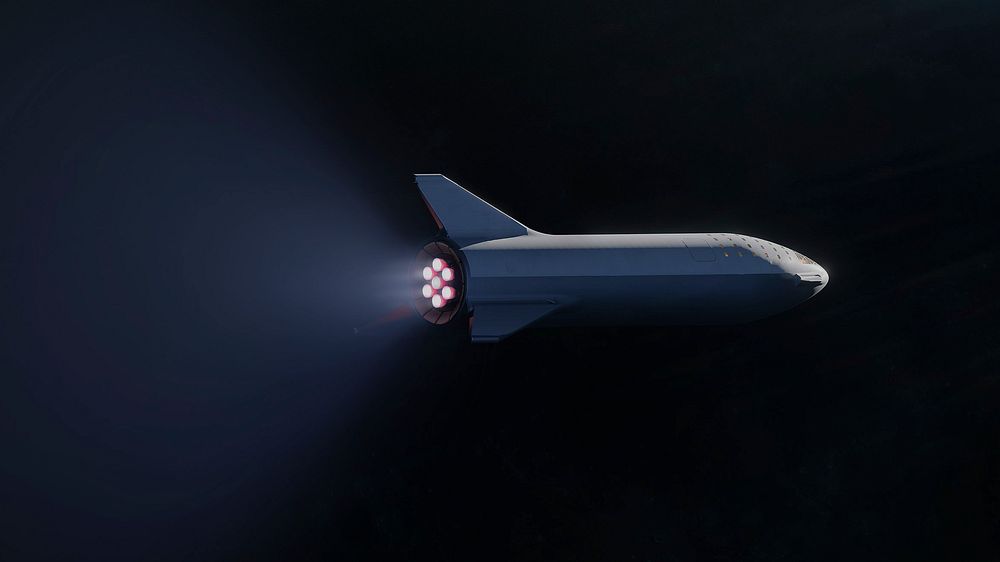
FAQs
1. What is SpaceX Pad 2?
SpaceX Pad 2 is a brand-new, fully equipped launchpad built to support the next-generation Starship V3 and its powerful Raptor 3 engines. It features advanced infrastructure improvements over Pad 1.
2. Where is Pad 2 located?
Pad 2 is located at SpaceX’s Starbase facility in Texas, right next to the original Pad 1.
3. Why was Pad 2 built?
Pad 2 was constructed to handle the increased power, size, and launch cadence of the Starship V3 vehicle and to support ambitious new operations like catching the Starship upper stage during landing.
4. When did construction on Pad 2 begin?
Construction of Pad 2 started in 2024 and has progressed rapidly, transforming an empty area into a high-tech launch facility in just over a year.
5. What major systems have been upgraded on Pad 2 compared to Pad 1?
Key upgrades include the omni-directional mechanism (OM), the water deluge system, flame trench design, protective systems, and the iconic chopsticks used for catching Starship.
6. What is the water deluge system, and why is it important?
The water deluge system sprays massive volumes of water to cool the launchpad and suppress sound energy during liftoff, protecting the infrastructure from extreme heat and vibrations.
7. How much water did Pad 2’s water deluge system use during testing?
Nearly 400,000 gallons of water were discharged in multiple tests, exceeding the amount needed during an actual rocket launch.
8. What makes Pad 2’s flame trench unique?
Pad 2 uses two flame buckets with a network of pipes that release water to cool and divert exhaust away from the pad, providing greater durability and sustainability compared to Pad 1’s steel plate design.
9. What are the “chopsticks” on Pad 2?
The chopsticks are giant mechanical arms designed to catch Starship during landing, enabling rapid reusability by securing the vehicle before touchdown.
10. How does Pad 2’s chopsticks system differ from Pad 1’s?
Pad 2’s chopsticks are specifically designed to catch the Starship upper stage, while Pad 1’s chopsticks focus on catching the Super Heavy booster.
11. When is Pad 2 expected to debut officially?
Pad 2 is expected to officially debut in December 2025, aligned with the rollout of the first Starship V3 mission.
12. What tests are planned next for Pad 2?
Upcoming tests include engine activation trials, placing a test tank with engines on the pad, and full static fire tests with a Super Heavy booster.
13. How will Pad 2 support SpaceX’s vision for frequent launches?
With enhanced systems designed for durability and rapid turnaround, Pad 2 will help enable multiple launches per week, eventually supporting up to 10 launches per day during key Mars windows.
14. Are there plans to build similar pads elsewhere?
Yes, similar infrastructure based on Pad 2’s design is being developed at Florida’s LC39A and SLC 37 to support both government and commercial Starship flights.
15. What upgrades are planned for Pad 1 at Starbase?
Pad 1 will be modified to include a flame trench, new OM system, and upgraded chopsticks, bringing it closer in capability to Pad 2.
16. What challenges remain before Pad 2 can support full Starship launches?
Key challenges include passing full engine firing tests, perfecting catching operations, and ensuring reliability at a high flight cadence.
17. Why is Pad 2 important for the future of space exploration?
Pad 2 embodies the future of reusable rocketry, enabling rapid, reliable launches and landings of Starship. It is a cornerstone for SpaceX’s ambitious plans to revolutionize space travel and reach Mars.
Read More:
- Tesla Model Y sells faster than diesel cars and other EVs in Sweden’s used market
- Elon Musk slams Sky News over Epstein invite: “Deserves complete contempt”
- Lucid CEO shades Tesla Model S: “Nothing has changed in 12 years now”
- Tesla unveils charging innovation that will make the Semi instantly successful
- Waymo responds to shocking video that would have gotten Tesla FSD crucified

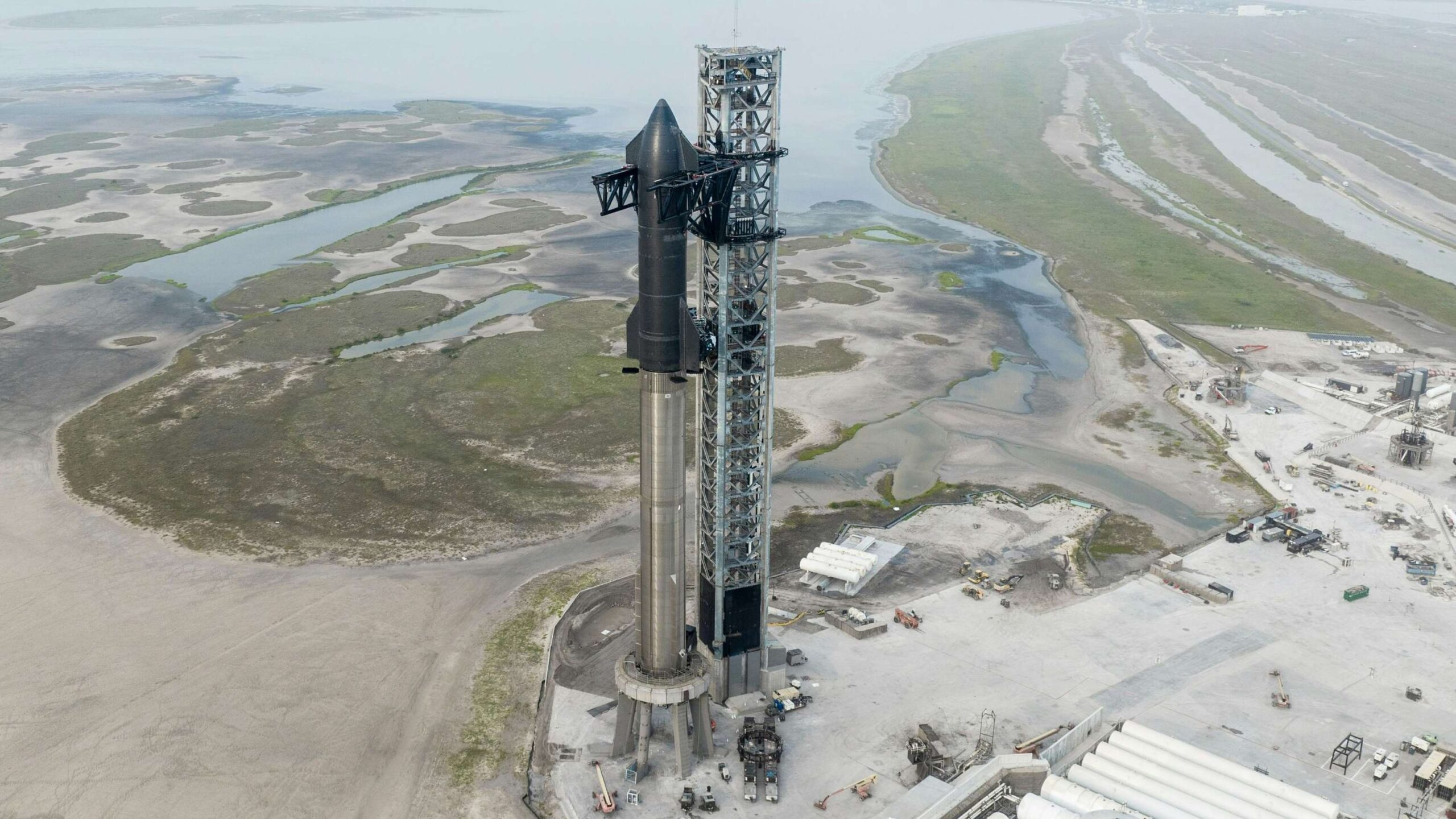
1 thought on “It’s LAUNCH Time! SpaceX Starship Flight 11 is So Close, Unlike any other…REPLAY”